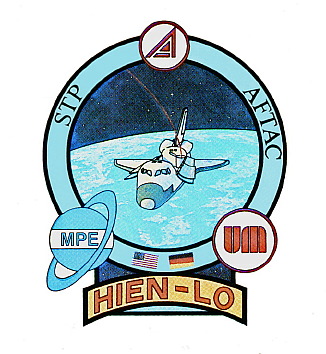
Stickers in JPEG format for
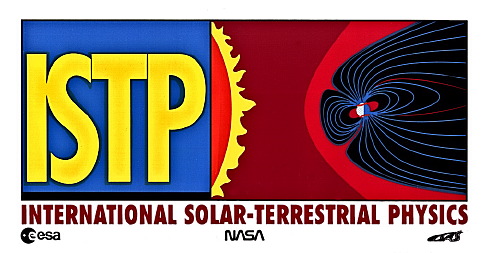
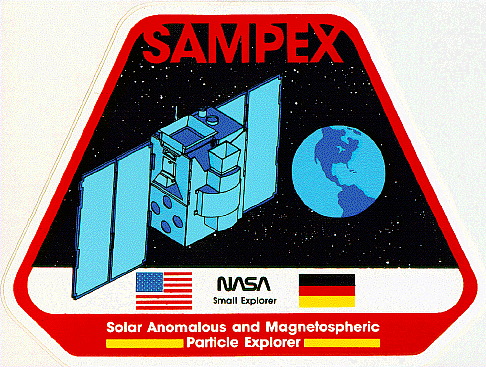
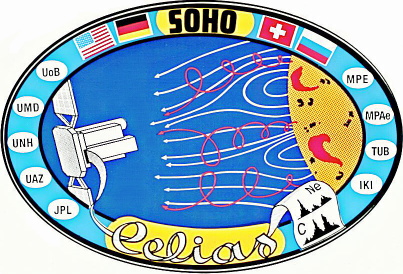
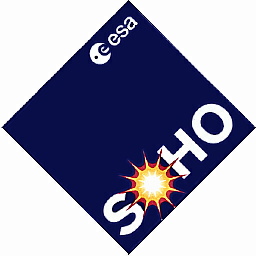
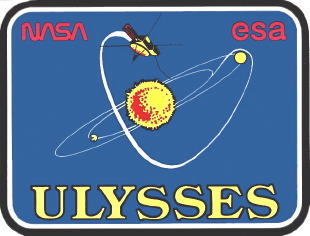
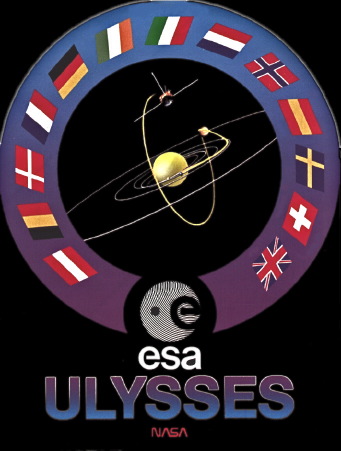

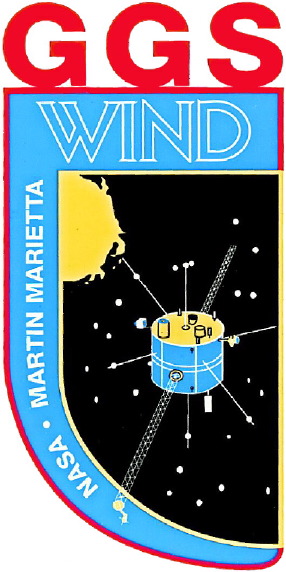
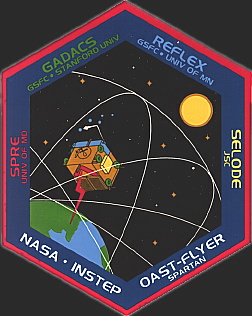
OAST-Flyer, a Spartan payload deployed and retrieved by the Space Shuttle is composed of four experiments: REFLEX, GADACS, SELODE, and SPRE. Each experiment name is color-coordinated with the experiment instrumentation on the spacecraft. Return Flux Experiment (REFLEX), sponsored by the NASA In-Space Technology Experiments Program (IN-STEP), will identify and quantify return flux contamination and validate prediction models. It is represented by blue molecules bouncing off the thin atmosphere. The Global Positioning System (GPS) Attitude Determination and Control System (GADACS) experiment will provide calibration of spacecraft attitude, orbital position, orbital velocity, and accurate time updates. It will achieve this by using onboard receivers and antennas, and the GPS satellite constellation, represented by the white orbit lines. This is the first time a spacecraft will be fully controlled with a GPS sensor of this type. Solar Exposure to Laser Ordinance Devices Experiment (SELODE) is a solar exposure and functionality experiment which will enable a better understanding of the reliability of laser pyrotechnic devices. Spartan Packet Radio Experiment (SPRE) is an Amateur Radio (ham radio) experiment that will perform experiments which test specific packet radio protocol enhancements. The red bolt designates the ham radio data transmissions during the mission. The seven gold stars honor the seven Challenger astronauts for their role in the Spartan Project. The reusable Spartan carrier is developed and managed by NASA Goddard Space Flight Center's Special Payloads Division.